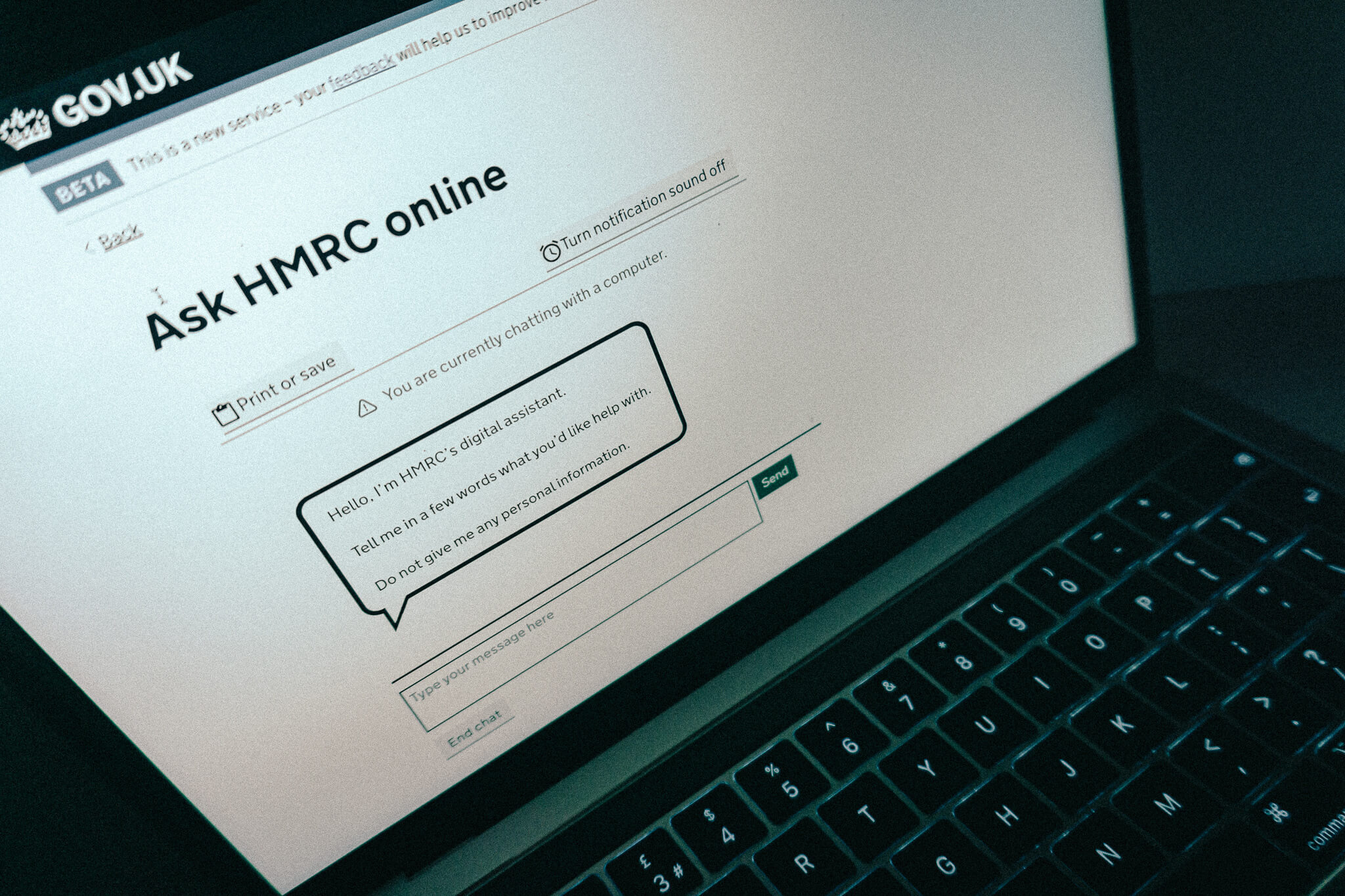Department’s response to critical PAC report adds that forces may see a reduction in the cost of Airwave services, although there is little ‘scope for central support’ to boost funding
The Home Office has claimed that it has already completed much of the technical groundwork needed to start a process of “mass transition” to the UK’s new Emergency Services Network.
Since work began in earnest in 2015, the delivery of ESN has been beset by delays and cost increases; in the best-case scenario, delivery will now be completed a decade later than the original schedule of 2019, and at nearly double the initially projected cost of £6bn.
Work is further hampered as the Home Office is currently in the process of seeking a new supplier of core push-to-talk voice services, after its previous £400m agreement with Motorola Solutions was terminated. The bidding process for a new £1bn contract for these services took place earlier this summer, with a replacement provider likely to be appointed early next year.
Shortly after bids closed, parliament’s Public Accounts Committee published its latest critical assessment of progress on ESN. With the Home Office currently working on the creation of a new and updated full business case for the project, MPs warned that the department is increasingly “disconnected from reality” and “currently has no firm estimates of when it will finish building ESN or what it will cost”.
The government’s response to the PAC report has now been published, as part of a newly released set of Treasury minutes.
The committee’s first conclusion was that the Home Office “is still is still far too optimistic about both the progress it has made and the challenges ahead, and therefore risks repeating the same mistakes”. To mitigate this, MPs recommended that – once a replacement supplier has been found for Motorola – the department should task the programme’s independent assurance panel with assessing progress and risks, and publishing its findings.
Related content
- Home Office paid Motorola £45m for early end to Emergency Services Network contract
- What does the Huawei ban mean for the Emergency Services Network?
- ‘No later than 2025’ – Emergency Services Network faces further delays and cost rises
The government agreed with this recommendation and set a target of June 2024 for completing the independent assessment and releasing details thereof.
In the meantime, the response suggested that there is some cause for the alleged optimism, as “ the Home Office has delivered a large proportion of the technical programme of work required to start mass transition” to the new network in due course.
“The technical solutions for aircraft use between 500 and 10,000 feet has been proven,” it added. “A successful coastline survey of Great Britain has proven the solution up to 12 miles out to sea. Over 700 of the 1,000-plus new masts required have been built and are in operation; the programme is on course for completing 292 rural and remote masts by the end of 2024. Coverage has been provided in 71 special locations, and the programme is on track to provide coverage in the London Underground by the end of 2024.”
Airwave costs
Delays to the delivery of ESN mean that the incumbent Airwave network has remained in use for longer than planned, leading to extra costs for the 108 police, fire and ambulance services across England, Scotland and Wales that need to maintain connections and acquire new devices.
However, regulator the Competition and Markets Authority earlier this year imposed charging controls on Airwave owner Motorola which mean that, effectively, the firm will be compelled to lower its prices by about £200m a year. The decision came after a CMA investigation concluded that the telecoms company had exploited a monopoly decision charge “considerably over the odds” for continued support of Airwave.
With the regulator’s decision set to create a cumulative £1bn in savings for the Home Office over the coming years, MPs urged the department to use this money “to help fund transition activities and new Airwave devices” for users of the network.
The government indicated that it agreed with this recommendation, although said that “scope for central support is limited by the way government funds are allocated across departments, policy areas and programmes [which] will constrain the ability to pass the charge control savings directly onto users”.
But the response claimed that, if Motorola’s ongoing appeal against the CMA’s decision is unsuccessful and the firm is forced to lower its prices, “there will be scope to reduce local costs for users of the Airwave service” by the end of 2023.
“The department will continue to engage with users to determine how best to support user organisations with transition activities,” the government added.
Monopoly concerns
Bearing in mind the department’s reliance on a single supplier for the delivery of Airwave, MPs also warned the Home Office “risks creating a new monopoly supplier in EE”. The BT-owned mobile firm was first appointed to deliver mobile services and infrastructure in 2015 and, as of its most recent extension, its current deal runs until the end of 2024 – by which point the Home Office expects to have spent £826.75m on the contract.
MPs recommended that “the department should ensure that the new EE contract for ESN network infrastructure includes sufficient protection against EE making excessive profits and requires all infrastructure to fully comply with telecommunications standards and allows other network suppliers to be introduced in future if they are better value”.
The government agreed with this recommendation and said that the next iteration of its engagement with EE “will be awarded on an open book basis with a gain share mechanism built in [which] will give us visibility over their costs and gross profit margin, with any savings made through, for example, greater efficiency, being shared between EE and the Home Office”.
It added that “the new contract will be structured to allow for the Home Office to reprocure all ESN suppliers around two years after programme completion”.
Elsewhere in its response to the PAC report, government said that it is currently seeking feedback on a draft version of a new “full programme plan”; once this is agreed, this will help address MPs’ concerns that the Home Office “cannot yet prove to the emergency services that ESN will be good enough to replace Airwave”.
It is intended that the new plan will also “ensure there are clear responsibilities and plans in place for operating ESN when it goes live”. Government also agreed with the committee’s recommendation that, by next summer, it should seek independent assessment on its plan to integrate ESN services into a cohesive whole.




